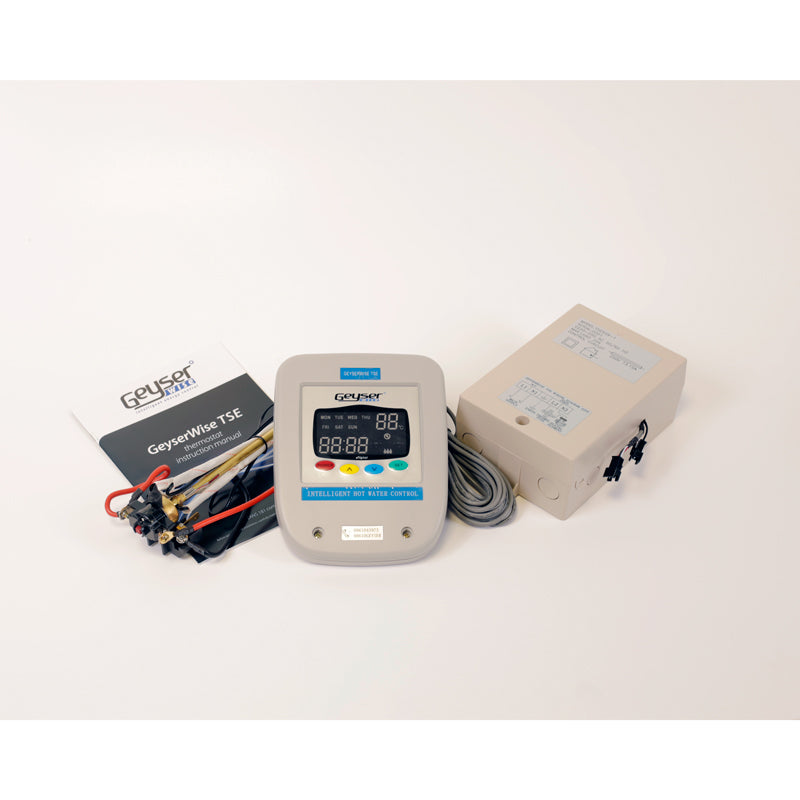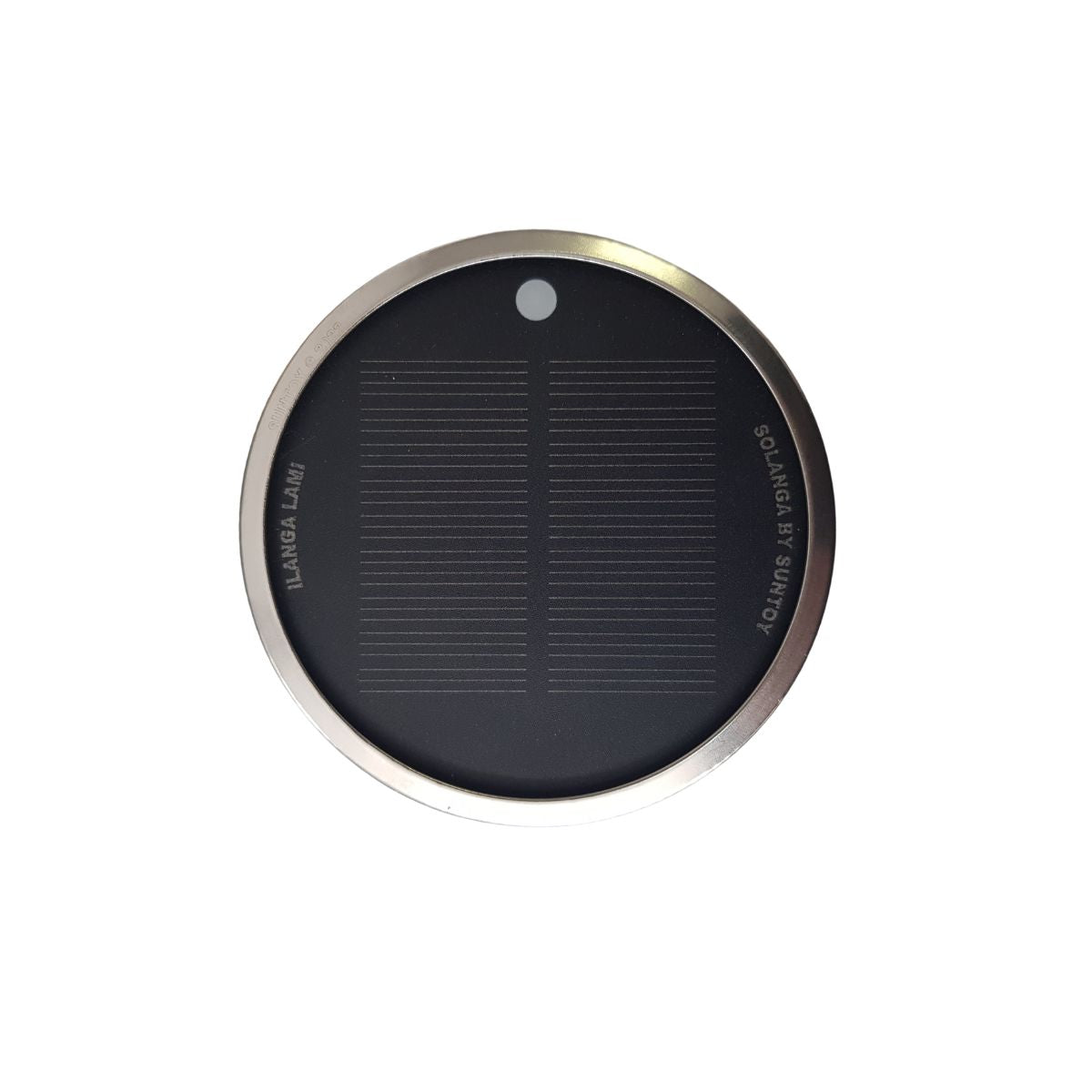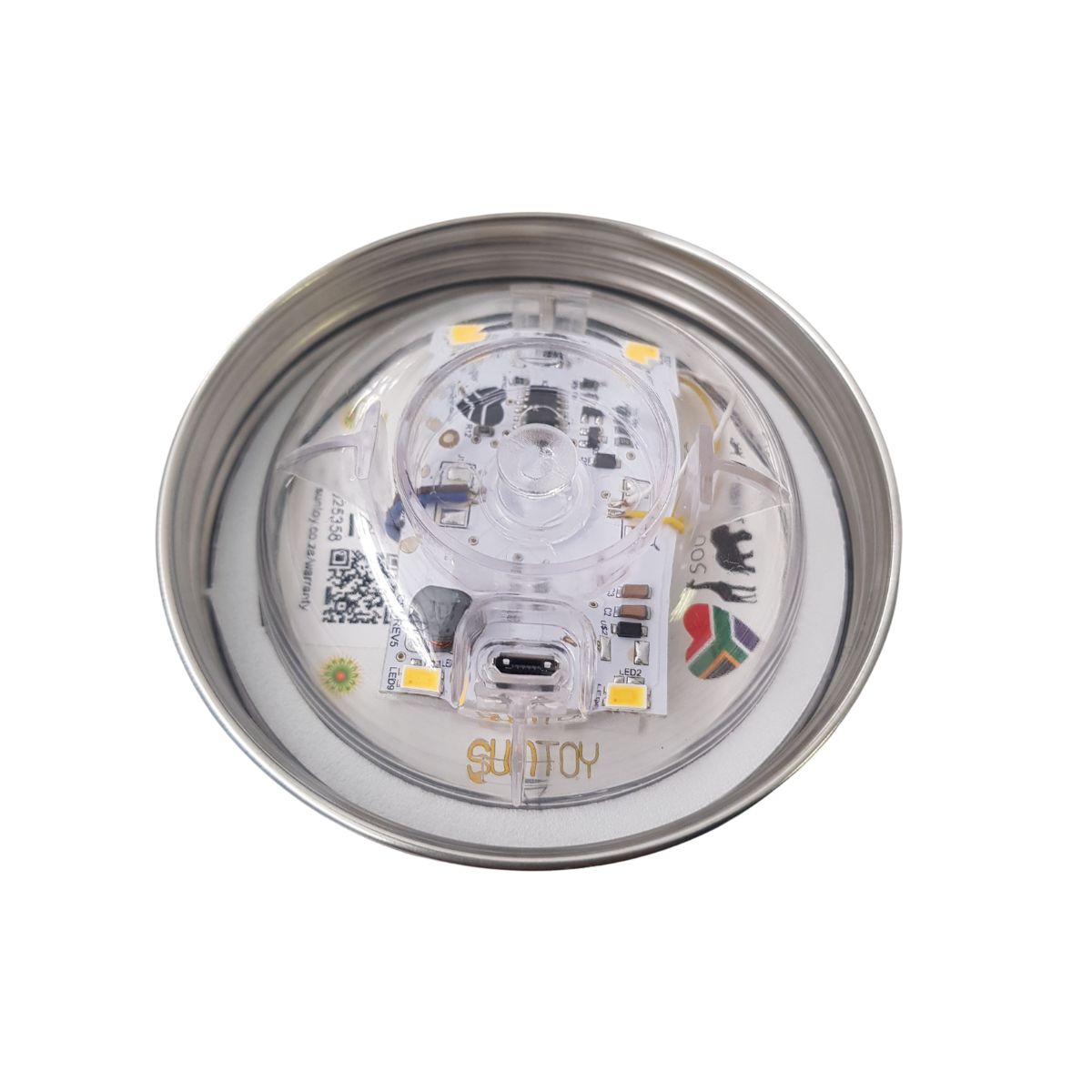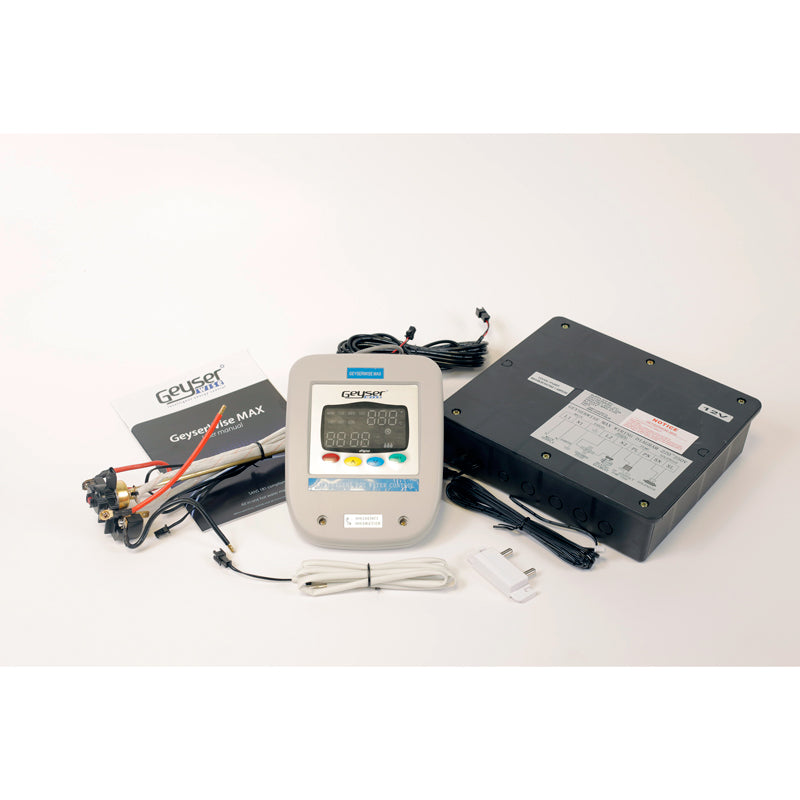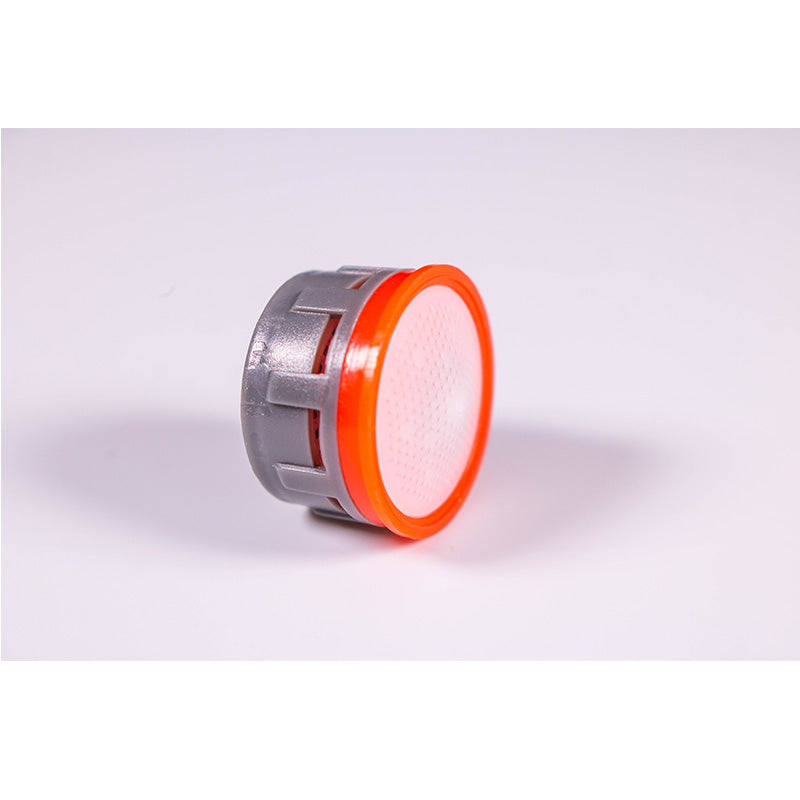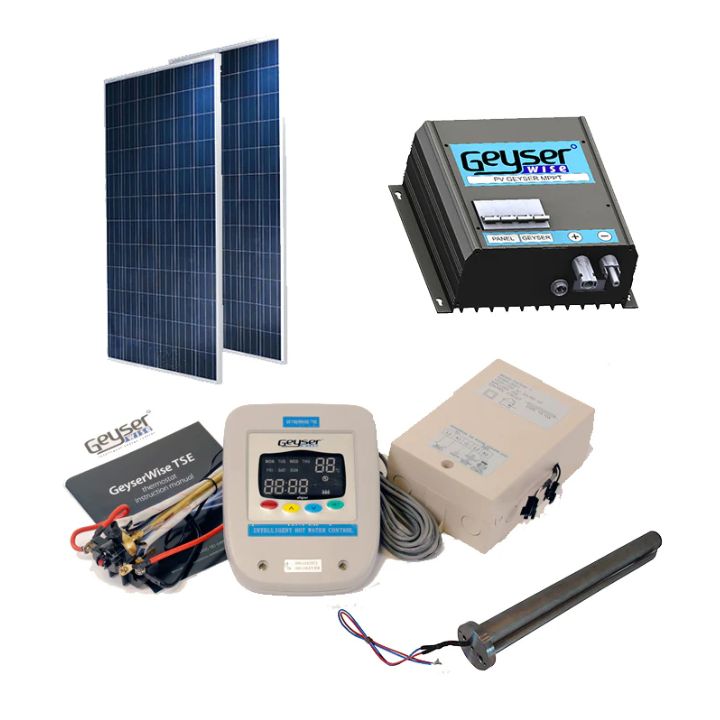The Importance of Cable Sizing in Solar Power Systems

In the rapidly evolving landscape of renewable energy, solar power systems stand at the forefront of sustainable solutions, championing the transition from fossil fuels to cleaner, greener sources. As a key player in the industry, we have witnessed firsthand the critical role that proper cable sizing plays in the efficiency, safety, and longevity of solar power installations. It's a fundamental aspect that, while often overlooked, can significantly influence the performance and reliability of these systems.
Understanding Cable Sizing
Cable sizing in solar power systems is more than just a technical necessity; it's a pivotal decision point that impacts both the system's efficacy and its operational safety. The primary purpose of cable sizing is to ensure that the electrical wiring can handle the current (Amps) generated by the solar panels without overheating, which could lead to insulation damage, fire hazards, or energy losses. This process involves calculating the maximum current flow in the system and then selecting a cable with an adequate cross-sectional area (CSA) to safely and efficiently conduct that current.
Types of Cables Used in Solar Power Systems
Solar power systems utilize a variety of cables, each designed to serve specific functions within the installation:
- PV (Photovoltaic) Cables: Specifically designed for connecting solar panels, PV cables are built to withstand environmental stress, UV radiation, and temperature variations. They're typically made of copper, known for its excellent conductivity and durability, and are insulated with materials like cross-linked polyethylene (XLPE) to endure harsh conditions.
- AC (Alternating Current) and DC (Direct Current) Cables: Solar installations involve both AC and DC cables. DC cables connect the solar panels to the inverter, where the electricity is converted from DC to AC. AC cables then distribute the power to the home or grid. The sizing of these cables is crucial for minimizing energy losses and ensuring safety.
- Battery Cables: For systems with energy storage, battery cables are used to connect solar batteries to the rest of the system. These cables must be robust enough to handle the high currents involved in charging and discharging cycles, ensuring efficient energy storage and retrieval.
The Significance of Correct Cable Sizing
The implications of correct cable sizing extend beyond the mere functionality of solar power systems; they encompass efficiency, safety, and financial aspects:
- Efficiency: Properly sized cables minimize power losses over distance, ensuring that the maximum amount of generated electricity reaches its destination. This is particularly important in larger installations or where components are spaced widely apart.
- Safety: Overloaded cables can overheat, leading to insulation damage and potential fire hazards. Correct cable sizing, coupled with appropriate protective devices, significantly reduces these risks.
- Financial Savings: While oversized cables may seem like a safe bet, they come with higher material and installation costs. Conversely, undersized cables can lead to energy losses and potential safety hazards, necessitating costly repairs or replacements. Optimal cable sizing strikes a balance, ensuring system efficiency and safety without unnecessary expenditure.
Conclusion
In the realm of solar power systems, the significance of cable sizing cannot be overstated. It is a critical component that ensures the safe, efficient, and cost-effective operation of solar installations. As the world leans more into the promise of renewable energy, understanding and applying the principles of proper cable sizing becomes paramount. It is not merely a technical requirement but a commitment to sustainability, safety, and the future of our planet.
As we continue to advocate for and implement solar power solutions, let us not overlook the foundational aspects such as cable sizing, which play a pivotal role in the success and resilience of these systems. The journey towards a sustainable future is paved with informed decisions, meticulous planning, and a deep understanding of the intricacies involved in solar power installations.

